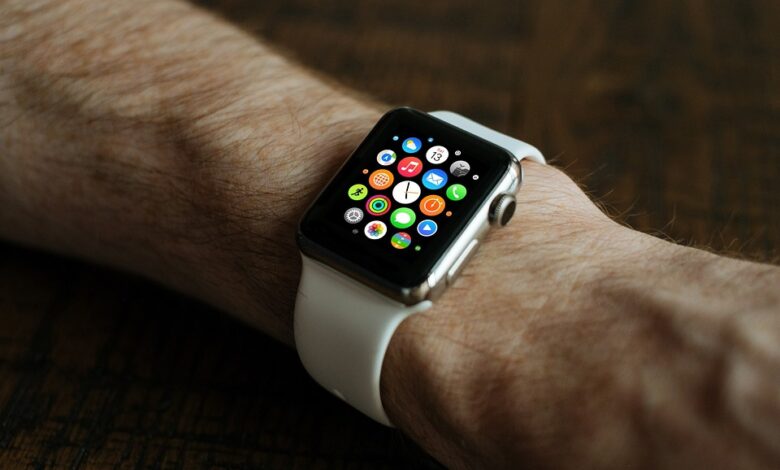
From Smart Homes to Smart Cities: How IoT is Shaping Our World
### Foundation of a Smart World
IoT refers to the vast network of physical objects embedded with sensors, software, and other technologies for the purpose of connecting and exchanging data with other devices and systems over the internet. These “smart” devices can range from ordinary household items like refrigerators and thermostats to more complex systems such as vehicles and building management systems.
### Smart Homes: The Precursor to Smart Cities
Smart homes are where most individuals first encounter IoT technology. These homes utilize IoT devices for enhanced security, energy efficiency, convenience, and comfort. For instance, smart thermostats learn residents’ preferences and adjust the temperature accordingly while minimizing energy use. Smart security systems provide real-time surveillance and alerts to homeowners. Voice assistants and IoT-enabled appliances streamline tasks with seamless automation and remote control capabilities.
### Expansion into Smart Cities
Taking the concept of smart homes further, smart cities use IoT technology to enhance urban living, improve municipal services, and solve persistent urban issues. Smart cities deploy a network of sensors and IoT devices across public spaces and infrastructure, enabling city administrators to monitor and manage resources more efficiently.
#### Infrastructure and Traffic Management
One of the primary areas of focus for smart cities is infrastructure and traffic management. IoT devices monitor the structural health of bridges and buildings, predict maintenance needs, and ensure safety. Smart traffic management systems optimize traffic flow, reduce congestion, and enhance pedestrian safety through real-time data and predictive analytics.
#### Environmental Monitoring and Sustainability
Smart cities also prioritize environmental monitoring and sustainability. IoT applications in this domain include air quality sensors, smart grids for energy distribution, and IoT-enabled waste management systems. These technologies empower cities to reduce their environmental footprint, monitor pollution levels, and engage in more sustainable practices.
### Advantages and Disadvantages
The advantages of smart homes and cities are substantial, encompassing increased efficiency, safety, and convenience. However, the pervasive deployment of IoT devices raises concerns about privacy, security, and data protection. The vast amount of data generated and collected by IoT devices could potentially be misused if not properly secured and regulated.
### Looking Ahead: The Future of IoT
As we look towards the future, the integration of IoT technology in our homes and cities is expected to deepen, driven by advancements in artificial intelligence, machine learning, and 5G connectivity. These enhancements will enable even greater automation, real-time decision-making, and interconnectedness.
In conclusion, from smart homes to smart cities, IoT is not merely shaping our environments but revolutionizing the way we live, work, and interact. Despite the challenges, the potential of IoT to foster more efficient, sustainable, and livable urban environments is immense. As technology continues to evolve, so too will the capabilities and benefits of smart homes and cities, pushing the boundaries of what’s possible in our connected world.




